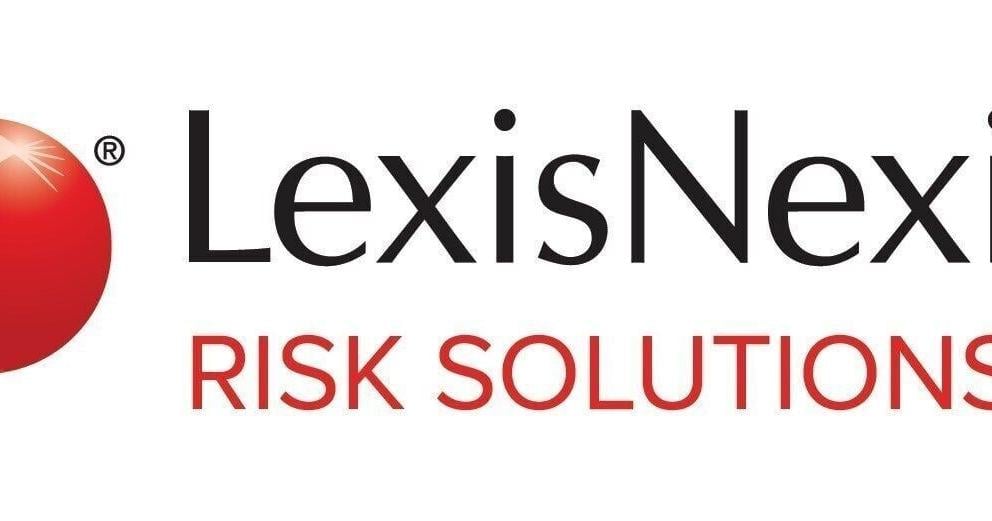AJHP: Drug diversion study using machine learning and advanced analytics

Improved diversion detection and reduction in diversion improves patient safety, limits harm to the person diverting, reduces the public health impact of a substance use disorder, and mitigates significant liability risk to pharmacists and their organizations.
Challenges with detecting drug diversion
Traditionally, hospitals seek to prevent drug diversion by having strict chain-of-custody policies, such as requiring that two clinicians sign off on waste destruction. In most hospitals, current methods of detecting drug diversion rely on historical reporting from automated dispensing cabinets (ADCs), such as monthly anomalous usage reports or daily discrepancy reports.
These approaches have several significant challenges. They typically look back historically at data over several months, causing them to be slow to detect diversion. They can fail to detect diversion, particularly when the person diverting takes active steps to hide their anomalous usage. They also often erroneously flag clinicians who are not diverting.
As a result, there is a growing demand to improve drug diversion detection methods in hospitals and other healthcare facilities to detect diversion sooner, with fewer false positives and false negatives.
This paper describes a novel innovation to overcome these challenges and improve drug diversion detection utilizing (1) data sources consolidated from multiple information technology (IT) sources and (2) machine learning analytics.
Drug diversion study methods
Ten acute care inpatient hospitals across four independent health systems extracted two datasets from various health information technology systems. Both datasets were consolidated, normalized, classified, and sampled to provide a harmonious dataset for analysis. Supervised machine learning methods were iteratively used on the initial sample dataset to train algorithms to classify medication movement transactions as involving a low or high risk of diversion.
Thereafter, the resulting machine learning model classified the risk of diversion in a historical dataset capturing 8 to 24 months of history that included 27.9 million medication movement transactions by 19,037 nurses, 1,047 pharmacists, and 712 anesthesia clinicians and that included 22 known, blinded diversion cases to measure when the model would have detected the diversion compared to when the diversion was actually detected by existing methods.
Drug diversion study results
Using the initial sample dataset, the machine learning model had 96.3% accuracy, 95.9% specificity, and 96.6% sensitivity in detecting transactions involving a high risk of diversion. In subsequent testing using the much larger historical dataset, the analytics detected known diversion cases in blinded data faster than existing detection methods (a mean of 160 days and a median of 74 days faster; range, 7-579 days faster).
The study showed that (1) consolidated datasets and (2) supervised machine learning can detect known diversion cases faster than existing detection methods. Users of the technology also noted improved investigation efficiency.
link







